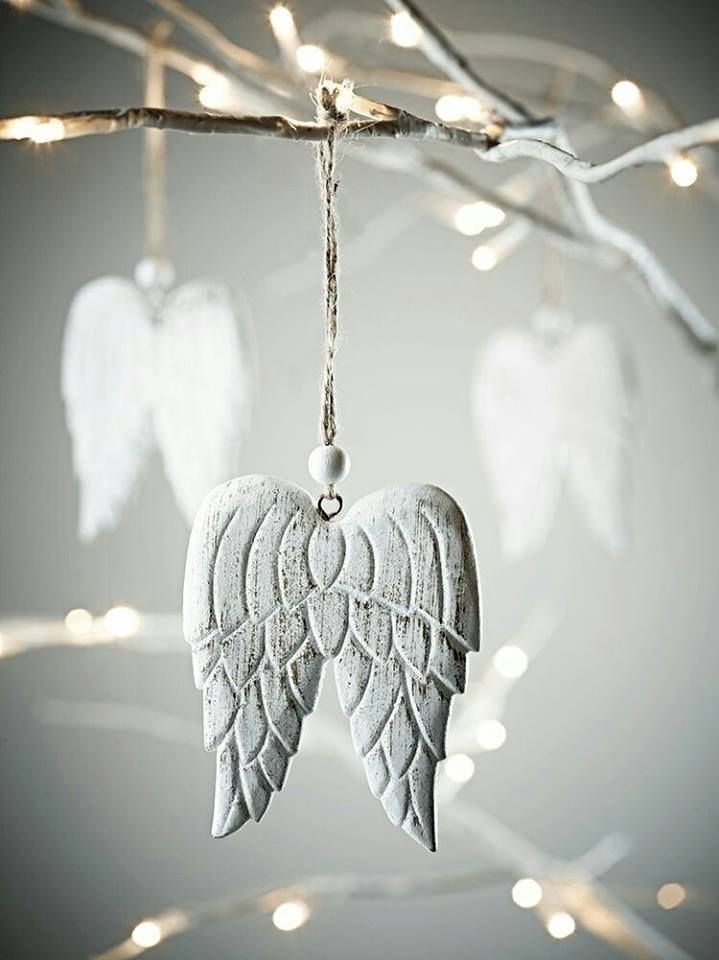The Art of "Vannerie": A Journey through Craftsmanship, Techniques, and Cultural Significance...
- Koöko Fleurs
- Dec 8, 2023
- 4 min read
Updated: May 13

In this blog, we will take a journey through the world of basket weaving to explore its craftsmanship, techniques, and cultural significance. We will also delve into the therapeutic benefits of this ancient art form and the meaning behind the materials and colors used in basket weaving.
This traditional craft has been passed down through generations and has evolved into a diverse practice with various techniques, styles, and cultural significance.
Craftsmanship and Techniques
Basket weaving requires patience, precision, and a deep understanding of the materials used. The first step in basket weaving is harvesting the materials. Different cultures use different types of materials based on their availability and suitability for the intended purpose of the basket.
For example, in Africa, baskets are often made from grasses and palm leaves, while Native Americans use willow shoots for their baskets. In Asia, bamboo is a popular material for basket weaving.
Basket weaving involves also weaving materials such as reeds, twigs, and vines to create functional and decorative baskets.
Once the materials have been harvested, they are prepared by soaking and drying to make them pliable. The weaving process then begins with creating a base or frame for the basket. This can be done using a variety of techniques such as coiling, plaiting, twining, or wicker weaving.
Coiling involves wrapping the material around a central core to create a spiral shape. Plaiting involves interlacing strands of material at right angles to create a flat surface. Twining is a technique where two or more strands are twisted together to create a strong weave. Wicker weaving involves creating a frame using thicker materials and then weaving thinner materials in and out to create a pattern.
The weaving process is intricate and requires skill and practice to create a well-made basket. Different techniques can also be combined to create unique and complex designs. The end result is a beautiful and functional basket that can be used for storage, carrying items, or as a decorative piece.
Beginner vs. Advanced Techniques
Basket weaving is a versatile craft that offers something for both beginners and advanced weavers. For beginners, simple techniques like plaiting or twining are easy to learn and can be used to create basic baskets. These techniques also require minimal equipment and can be practiced with readily available materials.
As one progresses in their basket weaving skills, they can move on to more complex techniques and designs, such as coiling or wicker weaving, which require more time, patience, and precision. Advanced weavers also experiment with different materials, colors, and patterns to create unique and intricate baskets.
Art Therapy: Healing through Basket Weaving
Basket weaving is not just a craft; it is also a therapeutic activity that can bring peace, relaxation, and healing to individuals. This ancient art form has been used as a form of art therapy in many cultures for centuries.
The repetitive motion of weaving has a calming effect on the mind and can help reduce stress and anxiety. It also requires focus and concentration, which can help individuals enter a meditative state. As one creates something with their hands, they also experience a sense of accomplishment, boosting their self-esteem.
Basket weaving has been used in various therapy programs for people with mental health issues, such as depression, PTSD, and addiction. The process of creating something with their hands can give individuals a sense of purpose and control over their lives.
Culture around the World
Basket weaving is not just a craft; it is deeply ingrained in the cultures of many communities around the world. It is an essential part of daily life in many societies, where baskets are used for storing food, carrying items, or as ceremonial objects.
In Africa, baskets are often used to store grains and other food items, while in Native American cultures, they are used to carry crops during harvest festivals. In Japan, bamboo baskets are used in tea ceremonies as a symbol of harmony and simplicity.
Baskets also hold significant cultural and spiritual meanings in many societies. For example, in the Appalachian region of the United States, splint baskets are used as a symbol of community and are passed down through generations. In some African cultures, baskets are believed to have healing powers and are used in traditional medicine practices.
Materials and Colors: Symbolism in Basket Weaving
The materials used in basket weaving also hold significant meaning and symbolism. Different cultures use materials based on their availability and cultural significance. For example, in Africa, palm leaves are used to make baskets that represent life and fertility, while in Native American cultures, willow is seen as a sacred material for basket weaving.
Colors also play an important role in basket weaving. In many cultures, colors are believed to have healing properties and are carefully chosen for their intended purpose. For example, red is often associated with energy and vitality, while green represents growth and renewal. These colors are often incorporated into baskets used for rituals or ceremonies.
In overall, basket weaving is not just a simple craft; it is a rich and diverse art form that holds deep cultural significance and therapeutic benefits. It is a testament to the ingenuity and creativity of humans and has stood the test of time as a beloved craft. So next time you see a beautiful woven basket, take a moment to appreciate the craftsmanship, techniques, and cultural significance behind it. Who knows, you may even be inspired to try your hand at this ancient art form yourself!











Comments